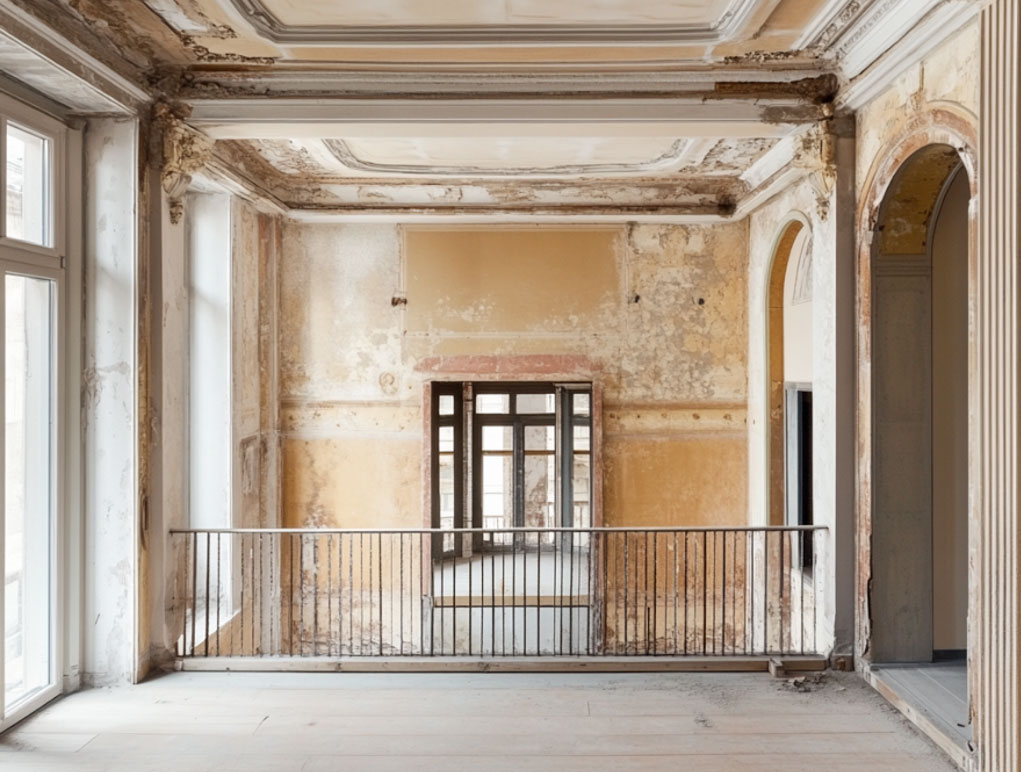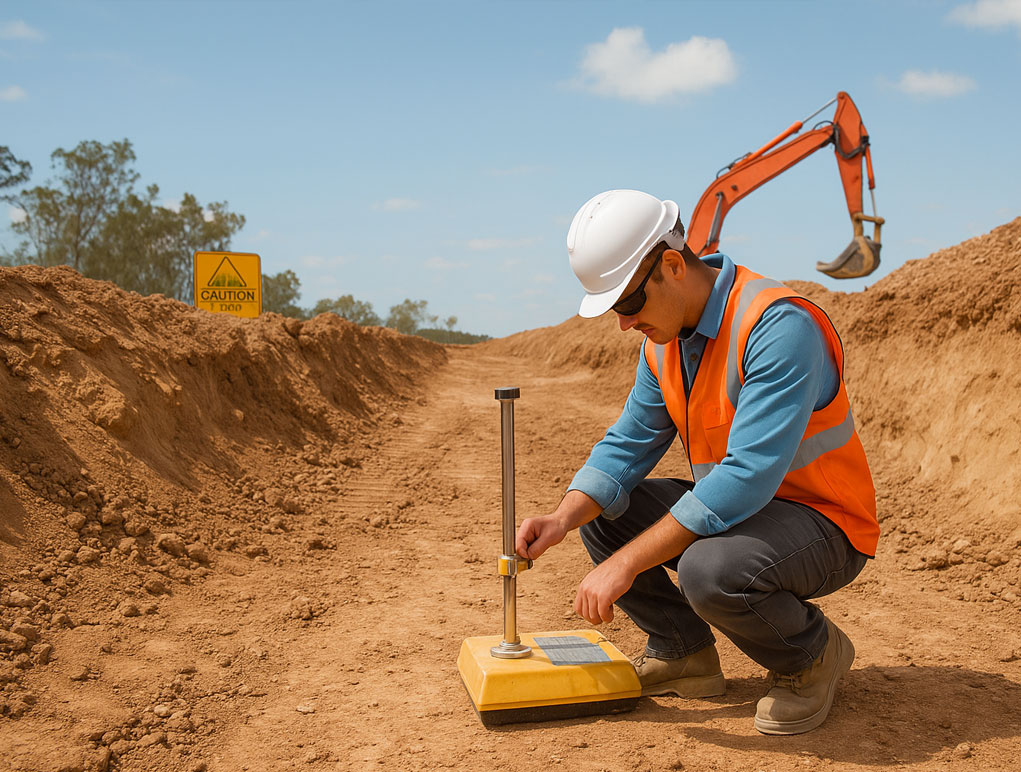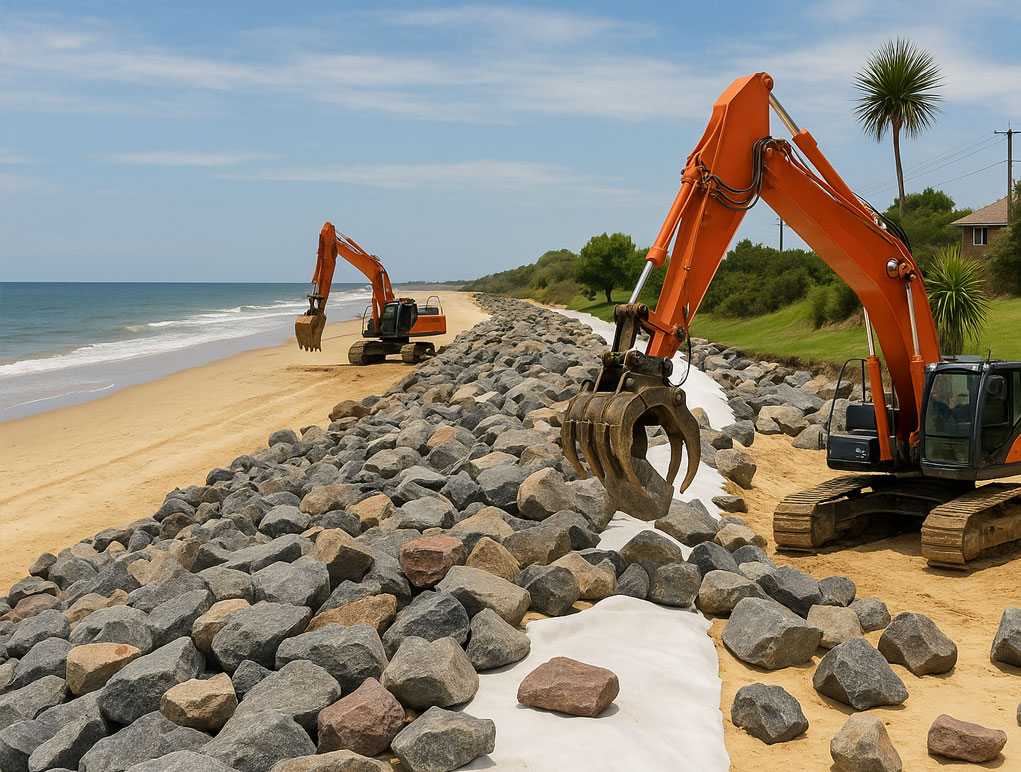
Historic Building Restoration: Key Restoration Processes
Preserving historic buildings is essential to maintaining cultural heritage and architectural significance. Over time, aging structures suffer from wear, environmental damage, and material deterioration. Historic building restoration involves careful planning, expert craftsmanship, and sustainable solutions to bring these buildings back to life while preserving their historical integrity.
Key Restoration Processes in Historic Building Restoration
1. Assessment and Planning for Structures
A comprehensive structure evaluation is necessary before undertaking restoration work. The following will be involved:
-
Inspection of foundations, walls, and roofs for soundness
-
Determination of the areas of deterioration
-
Formulation of a restoration project matching the historical preservation guidelines
2. Material Matching and Replication
An important part of safeguarding any historic feature of a building is doing as much as possible with authentic materials. The restoration team at least:
-
Sources original or historically accurate materials
-
Uses traditional constructions
-
Replicates decorative elements with the highest level of artisan skill
3. Restoration of Masonry and Facade
Extensive restoration can be expected for brick, stone, and stucco facades. Typical techniques include:
-
Repointing to restore the mortar joints
-
Cleaning and sealing surfaces so as not to damage any history
-
Repairing or replacing unless it compromises authenticity
4. Conservation for Wood and Metal
Historic buildings have the finest wood and metal detailing that requires preservation. The method would involve:
-
Repairing or replacing woodwork that is damaged, maintaining the original designs
-
Remediating metal fixtures from rust and corrosion
-
Applying protective coating for durability
5. Restoration of Windows and Doors
Original windows and doors are principal architectural features. Rather than replacing these, the restoration teams:
-
Repair wooden frames and glass panes
-
Improve energy efficiency while respecting historic look
-
Weather proofing to ensure a long life
6. Roofing and Water-Proofing Restoration
A compromised roof goes to the requirement of an entire structure. Restoration includes:
-
Rehabilitation or replacement of roofing materials using historically accurate alternatives
-
Drainage system improvements to avoid waterway damage
-
Protective coating application to enhance service life
7. Finishing and Interior Conservation
Preserving the interiors is as important as doing facade restoration. This includes:
-
Refinishing floors, ceilings, and plaster works
-
Restoring period-appropriate lighting, moldings, and other decorative elements
-
Applying historically appropriate paints and finishes
-
Historic building restoration importance
Historic buildings restoration ensures their survival and preservation of cultural narratives. Development and utilization of these structures for residential, commercial, or public purposes link these buildings into our pasts and thus enrich communities for generations.
The expertise of structural engineers and restoration specialists can help in the restoration of historic buildings.
FAQs
1. Why is historic building restoration important?
Preservation of architectural heritage, conservation significance, and ensuring a building can be used into the next generation.
2. Can modern materials be used in historic restoration?
Modern materials could provide some improvements in durability but the intention in restoration is to use authentic or historically accurate materials that will maintain the integrity.
3. How long does historic building restoration take?
The timeline depends on the building’s condition, size, and complexity. Projects can take months to several years.
4. What challenges are faced in historic building restoration?
Common challenges include sourcing authentic materials, structural instability, and complying with preservation regulations.



